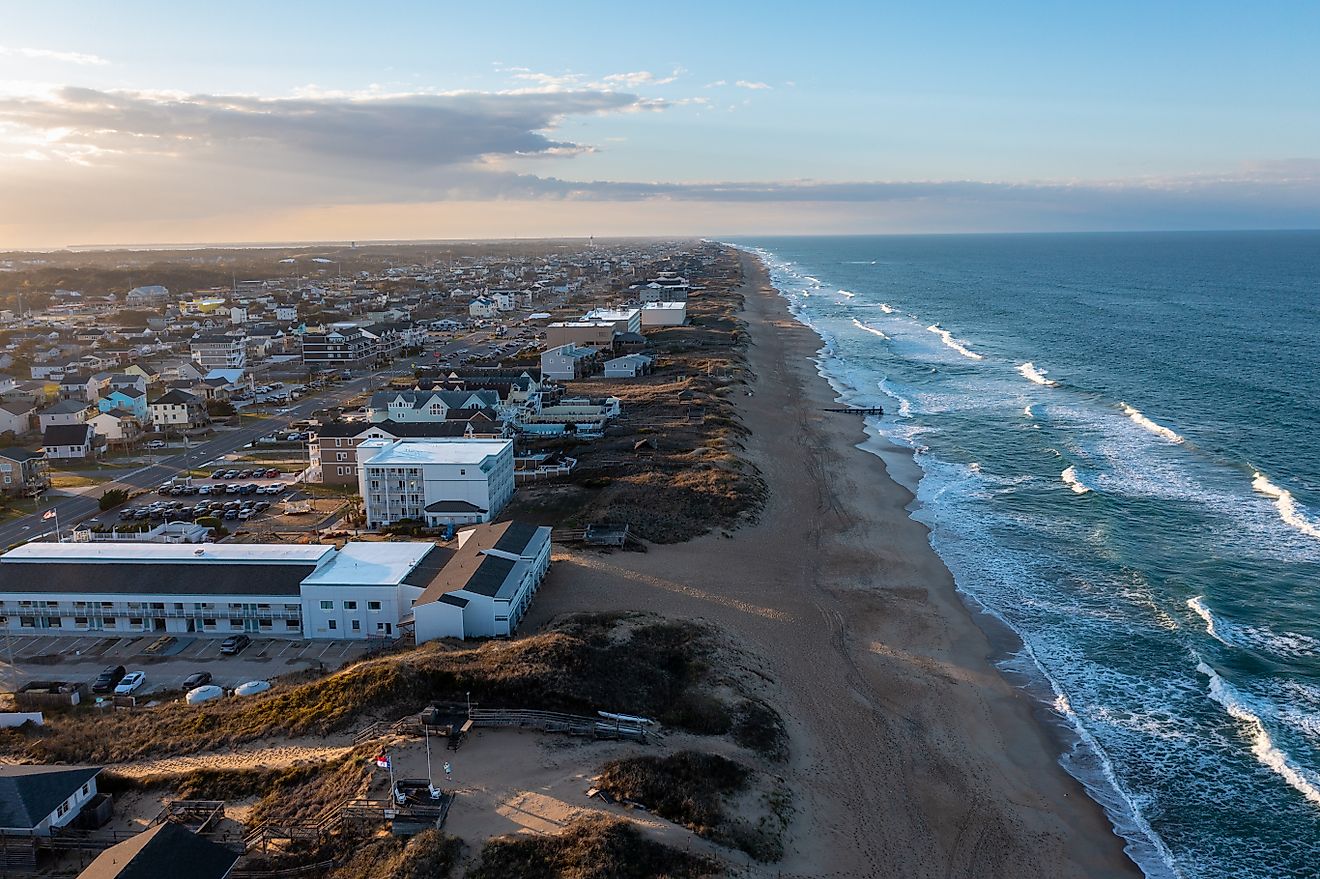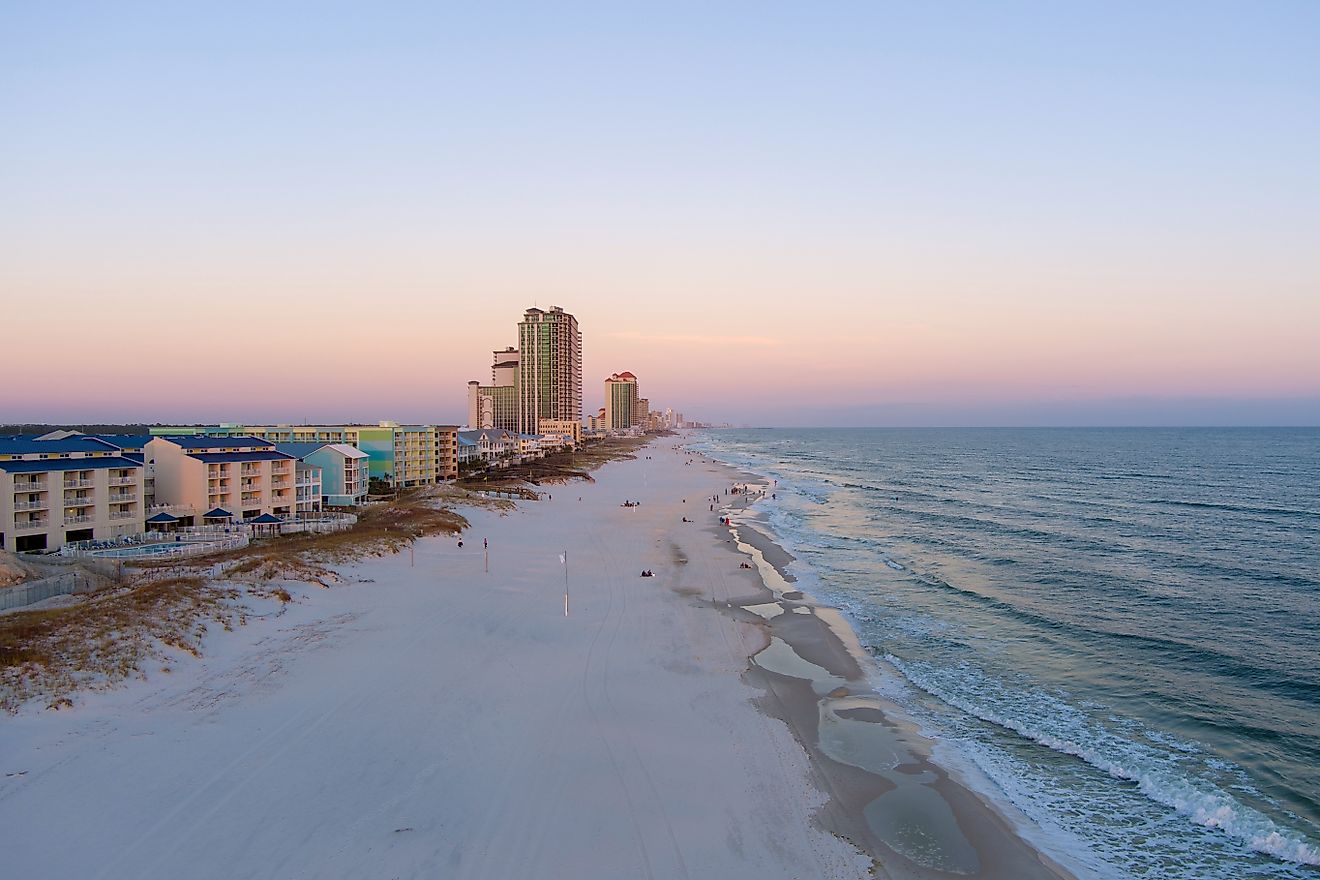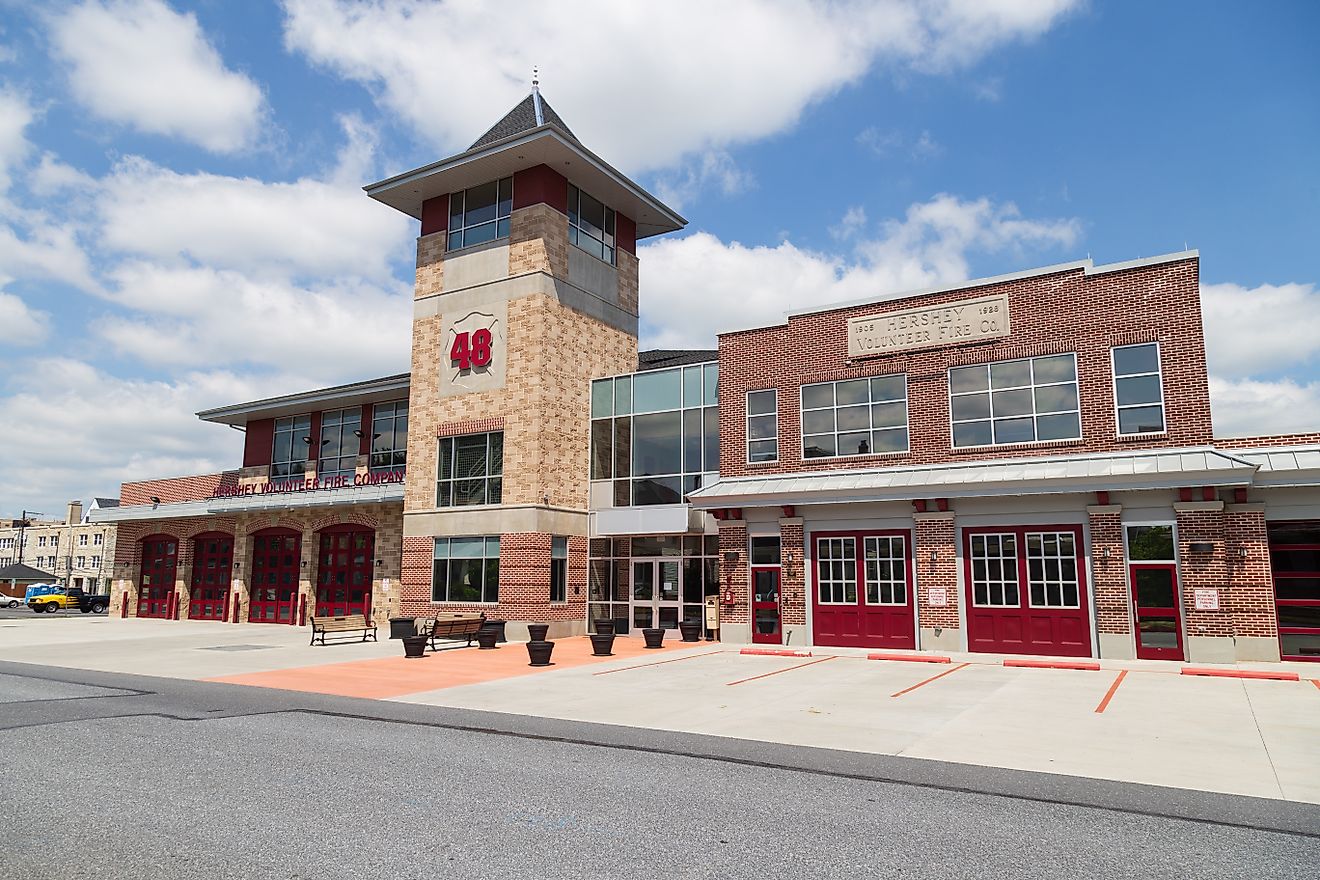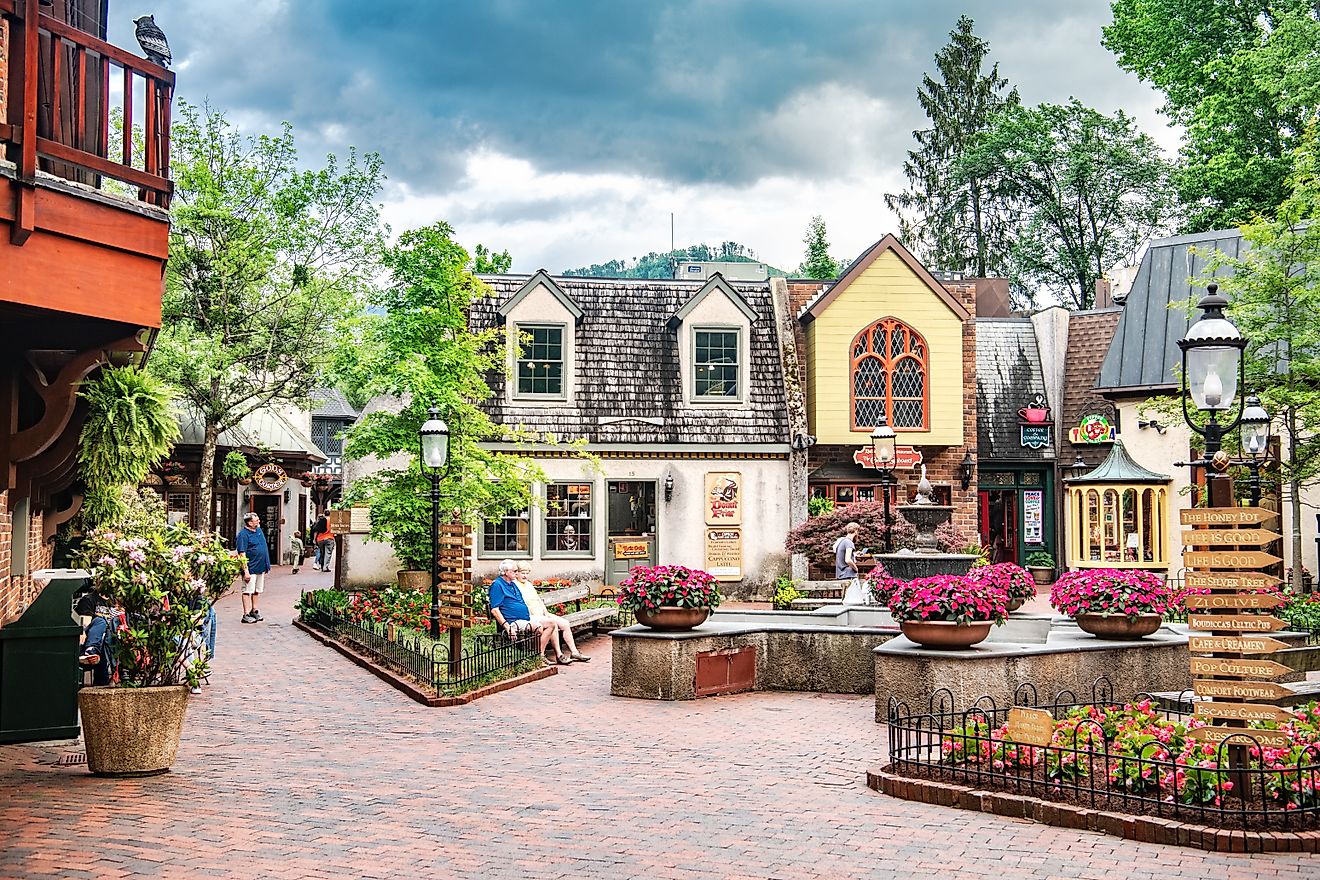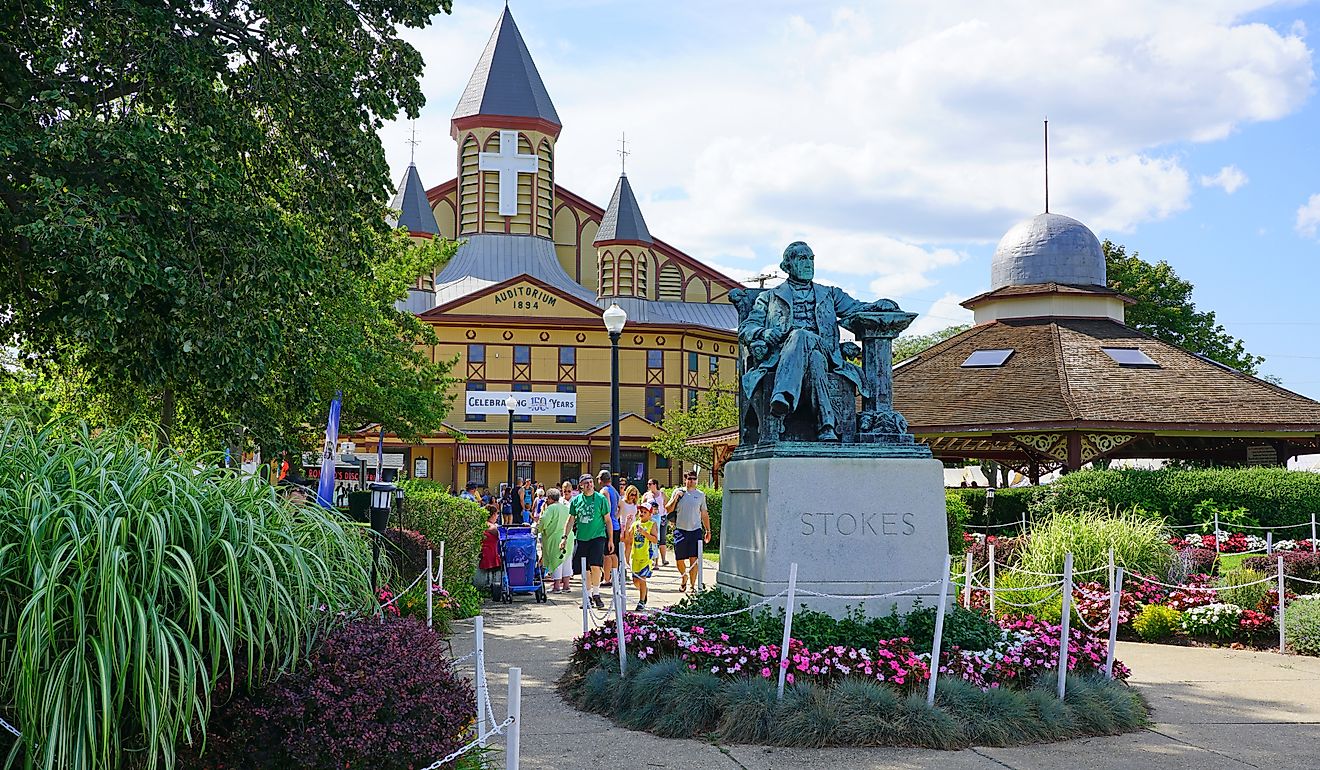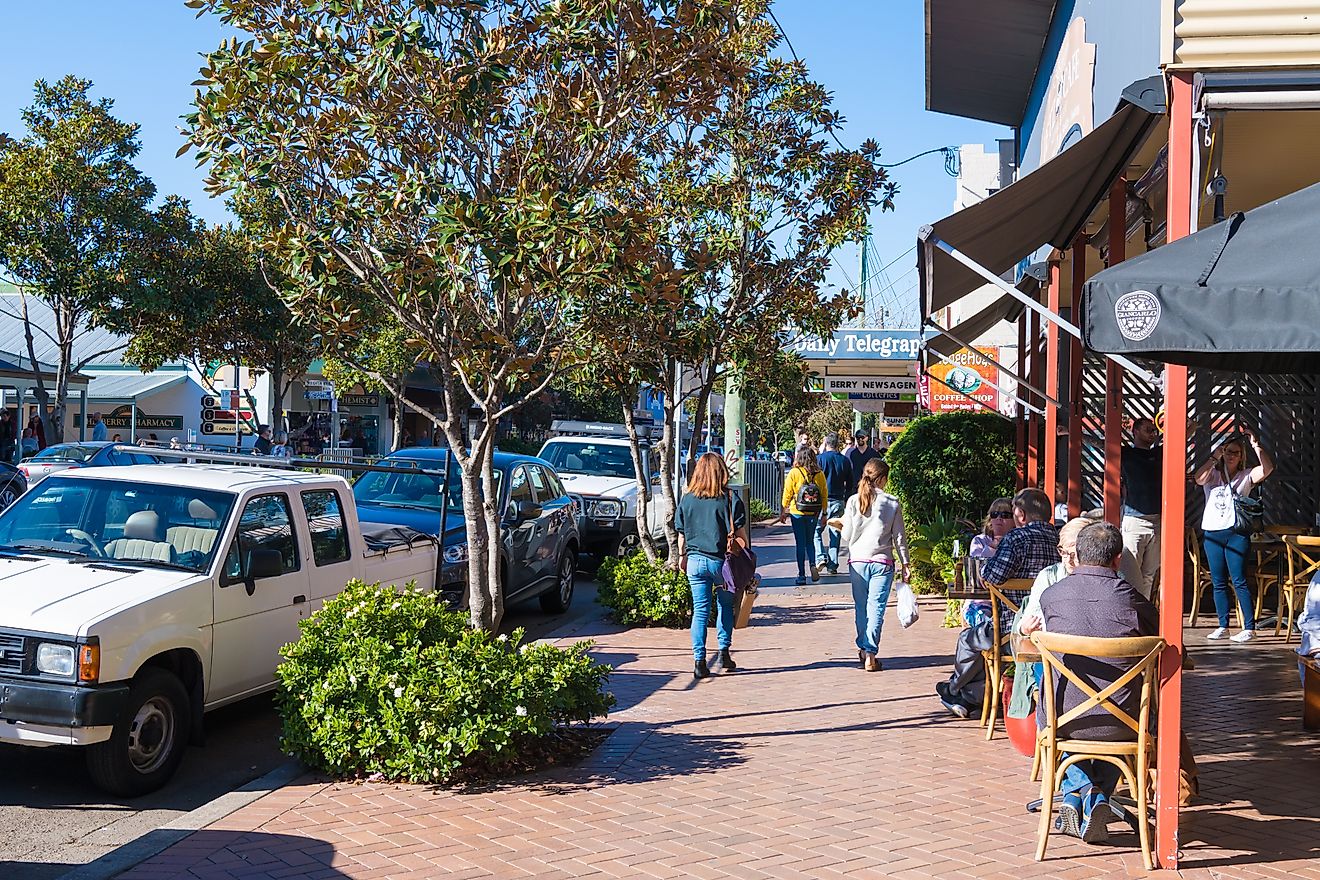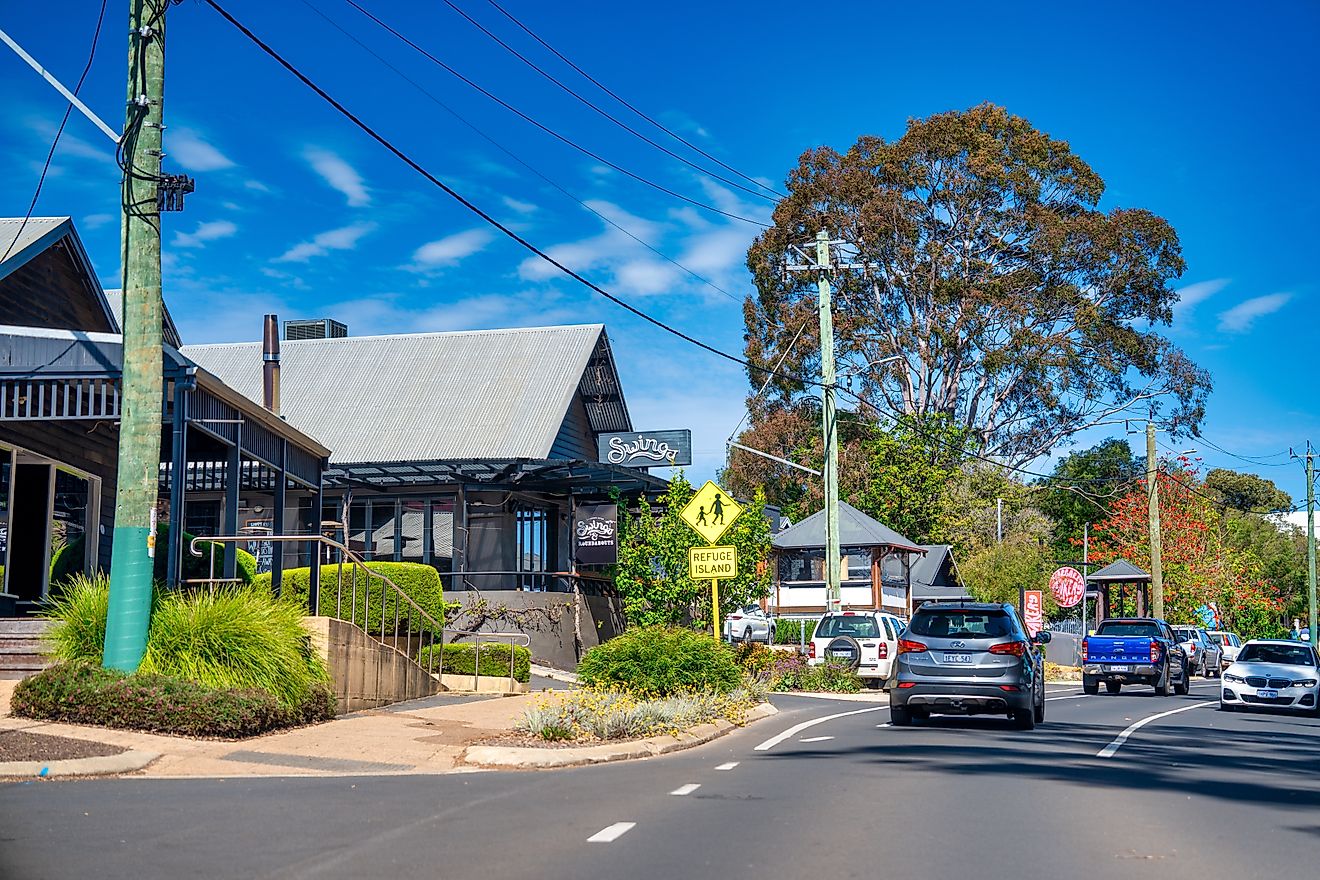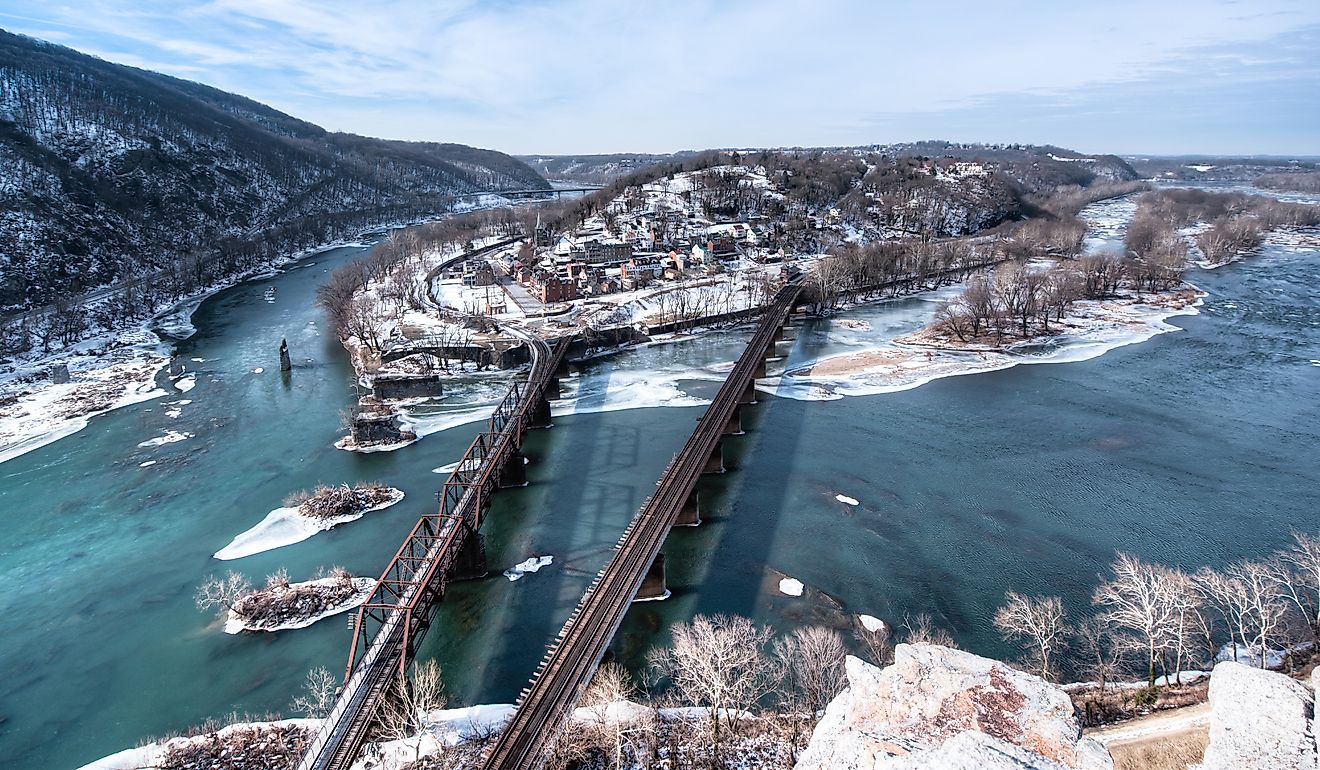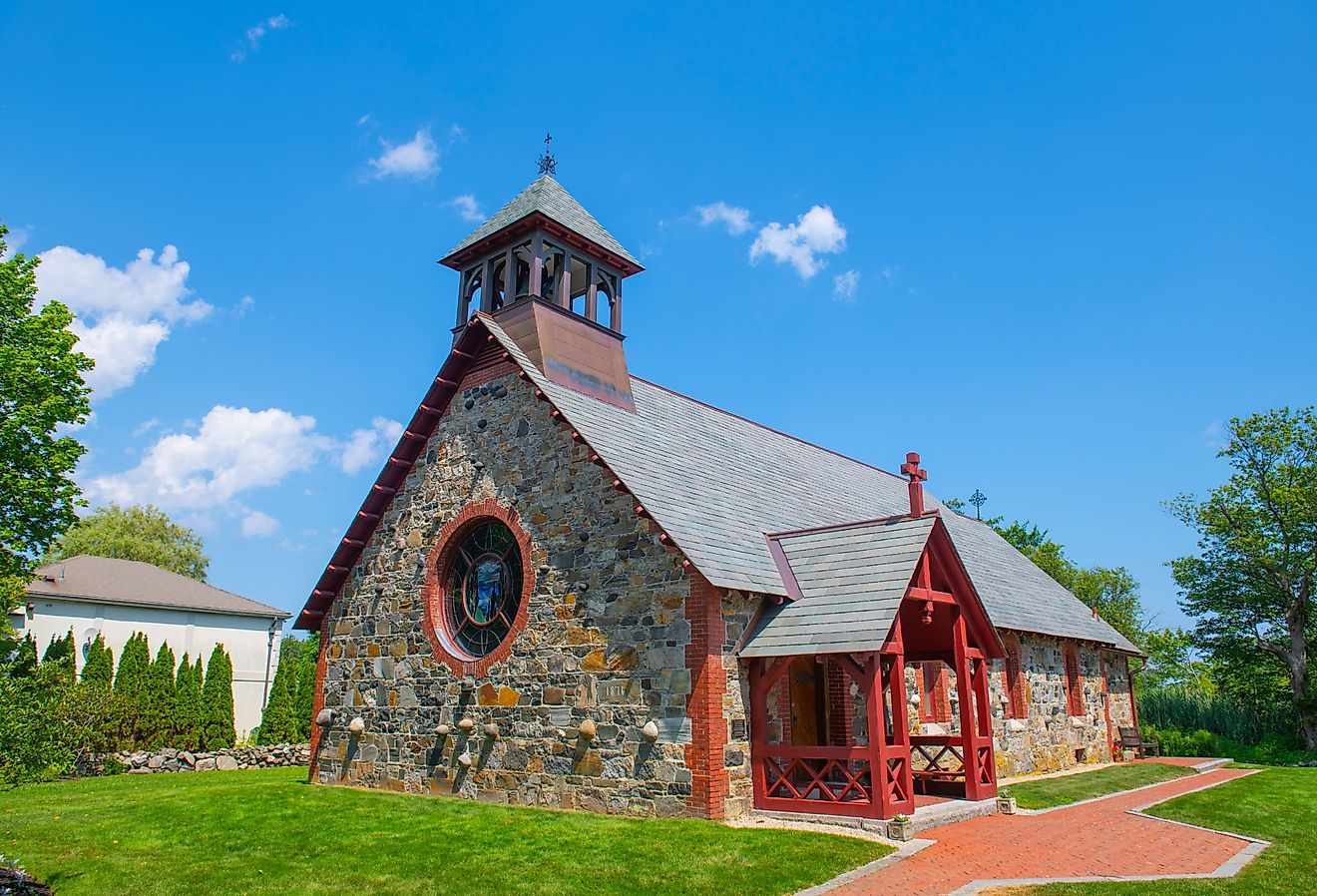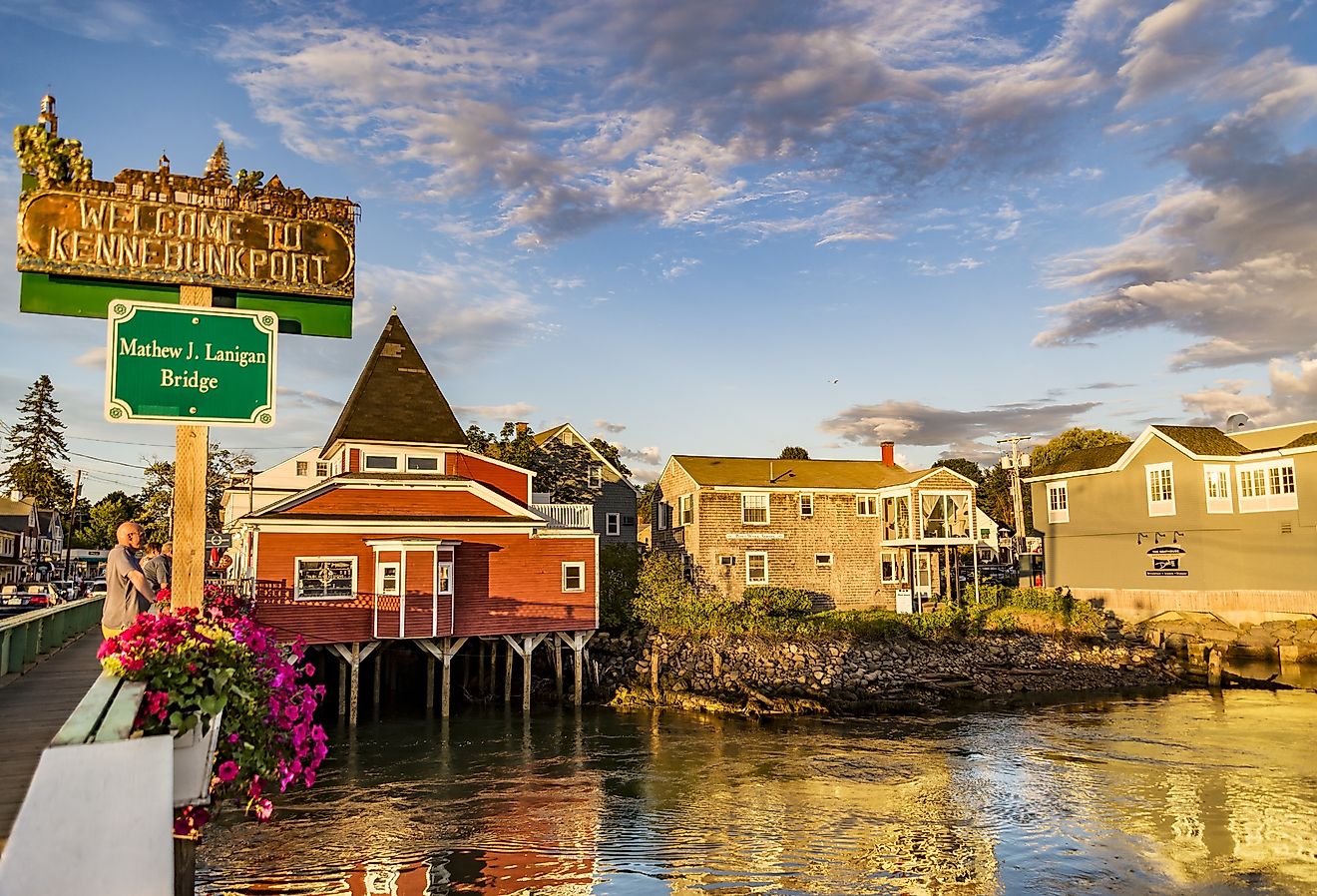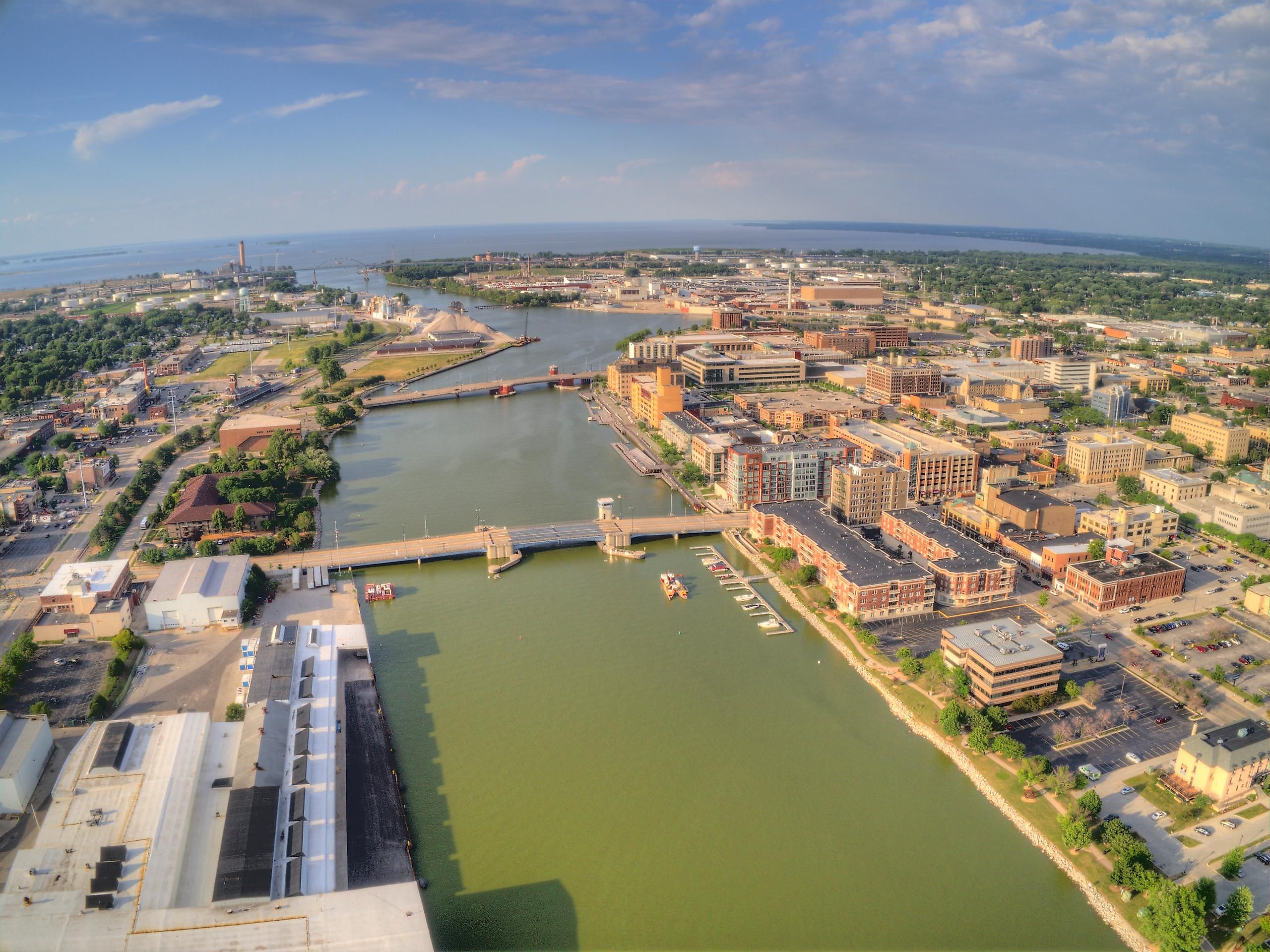
This Wisconsin Town Is Older Than the State Itself
Before Wisconsin joined the Union, one town already had a long story of its own. Green Bay began as a fur trading post, grew through conflict and colonization, then merged and modernized. It built railways, mills, factories, and a football team. It sent ships to war and toilet paper across the country. From frontier outpost to industrial center to a small city with national name recognition, Green Bay has outlasted the eras that shaped it. Green Bay is not just a city older than the state. It is also a place that never stopped changing, and never lost its role in Wisconsin’s story.
Founding and History
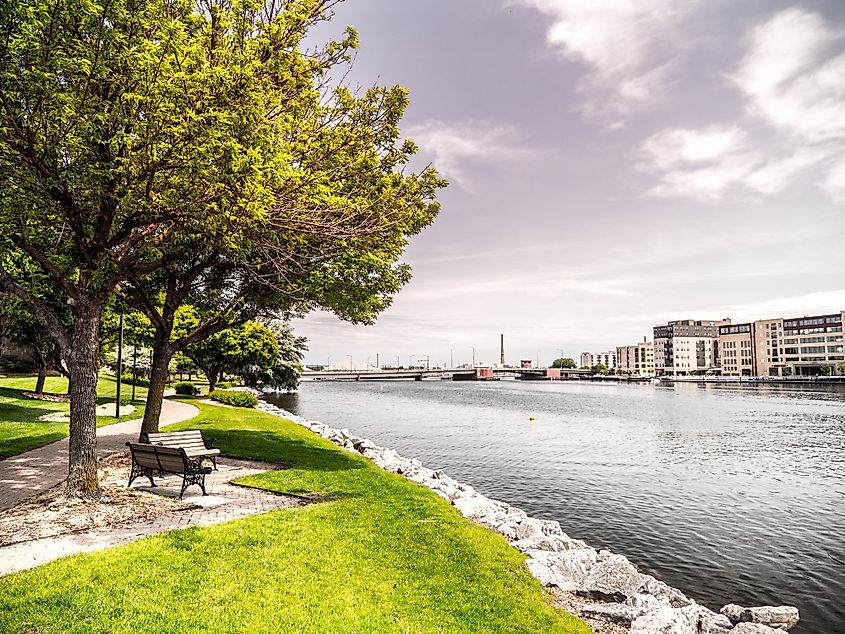
The story of Green Bay begins with Native American peoples who lived in the area for thousands of years. They used the Fox River close by to their advantage for bartering and travel. Jean Nicolet, an explorer from France, arrived in 1634. He came looking to start trade routes and alliances, becoming the first documented European to reach Wisconsin. A post called La Baye was established and became the main trading hub. Jesuits, who were French missionaries, often traveled from Green Bay to other locations around the Great Lakes. The region was not always peaceful, as from 1712 to 1730, there was conflict between the Fox tribe, also called the Meskwaki, and French colonists. These conflicts were known as the Fox Wars, fought over issues with trade and land ownership. The British seized control of the area following the French and Indian War; their rule was mostly nominal, extending to aspects related to fur trading.
Over time, the original French name fell out of use as British traders adopted the name Green Bay for the area. After America's separation from colonial rule, Green Bay gradually came under U.S jurisdiction, though Britain's influence remained well into the early parts of the next century, and in 1816, soldiers from the United States established nearby Fort Howard. By the middle of the 19th century, immigrants from places like Belgium and Germany started to come. A town named Navarino, which sat across the Fox River, saw growth. The area near the fort, known as Astor, also grew. These two towns slowly expanded and eventually joined. Together they made the base for the town, which became the borough of Green Bay in 1838. Due to this continued expansion and potential, the local assembly incorporated it as a city in 1854. This sparked a time of swift growth. Many businesses related to logging and lumber began operations, which helped stabilize the community with the jobs they brought with them. Around the late 1860s, several railway lines were added, connecting the area to various places. This helped the city become a big player in the country's market.
20th Century Onward
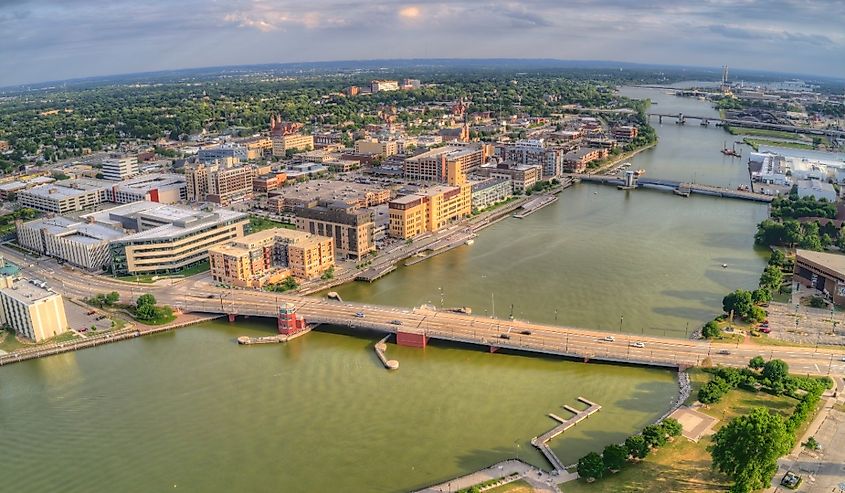
With methods of travel expanding, the town's commerce and trade flourished, paving the way for growth in years ahead. Green Bay started to develop when business opportunities diversified. Meat packing, shipping and iron smelting did well. Being close to Lake Michigan, together with the addition of new rail lines, was also great for the food processing industry. And if you like football, an important cultural moment happened when the Packers were founded in 1918, which over time became a local and national icon. That history was expanded on when, later on in 1957, Lambeau Field opened.
Heard of a company called Charmin? It actually started in Green Bay. The Hoberg Paper Company launched the Charmin brand in 1928, and it got so popular that they renamed the whole company after it in 1950. Procter & Gamble bought Charmin in 1957 and kept production in town for some time. During World War II, Green Bay’s economy shifted to support the war effort. The Christy Corporation and other local shipyards built vessels on the Fox River. Paper mills adapted to produce military-grade materials. Factories manufactured equipment and packaging for the armed forces, while the city organized scrap drives and war bond campaigns to aid production.
Green Bay continued to grow after the war. The city's outskirts began to expand with new houses, along with new roads changing the town's shape, while cultural landmarks popped up, like the Neville Public Museum in the late 1920s. Green Bay's economy was not the only thing that grew. The city's options for education did too, and in 1968, the University of Wisconsin-Green Bay opened its doors, creating new learning opportunities. Green Bay was no longer a frontier trading post like in the past. The town had turned into a growing city, thanks to its hard-working residents, industries like paper and meat packing, as well as its favorite NFL team.
A Modern City
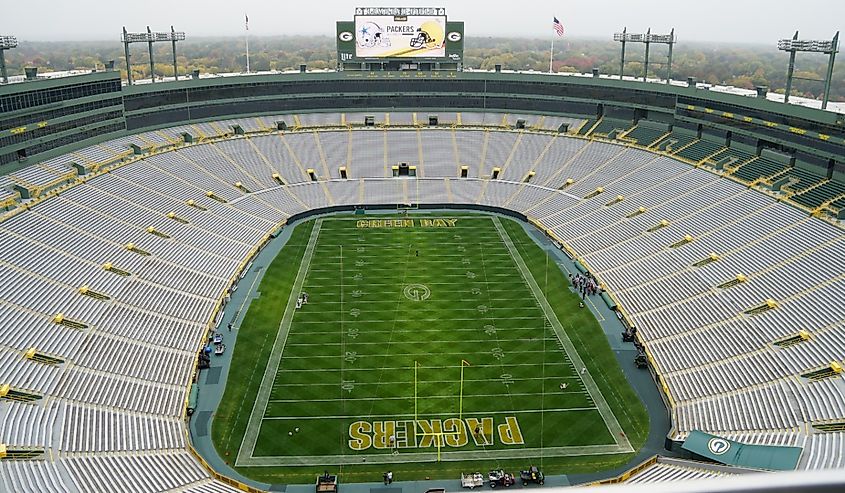
Modern Green Bay is a lively and friendly city, one that mixes its history of industry with a bustling arts scene and a population just over 107,000 people. People know and love it as the smallest city with an NFL team. While Green Bay has much more than just football to enjoy, you can never forget to talk about the Packers. Even now, they make their home at Lambeau Field, one of the famous sports stadiums in the country. Apart from regular football seasons, Lambeau Field attracts visitors through its Hall of Fame and Titletown District that offers all sorts of dining experiences along with activities like skating during off-seasons. As well, the Resch Center, right across the street from Lambeau, offers all sorts of entertainment, like concerts. If you want to learn more about the area, Heritage Hill State Historical Park has a big 54-acre open-air museum, filled with buildings from the 17th to 20th centuries. Or, go check out the Neville Public Museum, with its assortment of subjects to learn about like art and science. If trains are more your thing, the National Railroad Museum features one of the largest railroad collections in the country.
Nature is never far in Green Bay. The Bay Beach Wildlife Sanctuary is a 535-acre urban refuge with wildlife viewing and education centers. Close to it, you can find the Bay Beach Amusement Park, which sits by the bay, and people love it for its cheap fun rides and great lake views. Looking to stretch your legs? Take a trip to the Fox River Trail. It runs for about 25 miles, and whether you feel like biking or running, you will get views of the nearby river. For family fun, visit the NEW Zoo & Adventure Park. Here, you can have a whole day of fun with zip-lining, climbing walls, and a park full of animals. The Green Bay Botanical Garden gives you even more to enjoy, with an assortment to see over all seasons of the year. In Green Bay, all the city perks you can think of meet small-town charm. And no matter when you visit, Green Bay has something to enjoy.
In Conclusion
Green Bay's history began long before Wisconsin became a state, and has never stopped growing. From fur trading to football, warships to toilet paper, it built a legacy across centuries. Today, it mixes business, history, and small-town charm that attracts people nationwide. It is also a place shaped by its rich past, but is constantly pushing ahead. The city is rooted in the past but always moving forward, a city that helped shape Wisconsin, and continues to define it.
